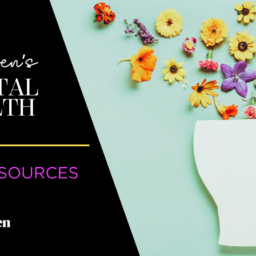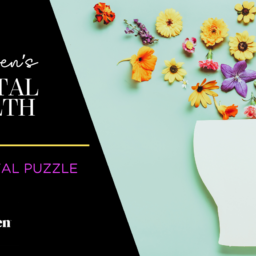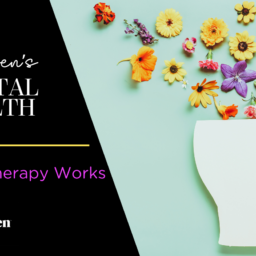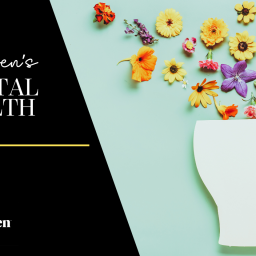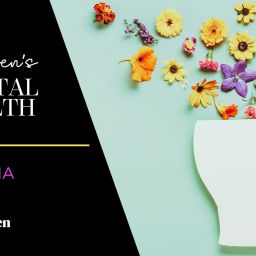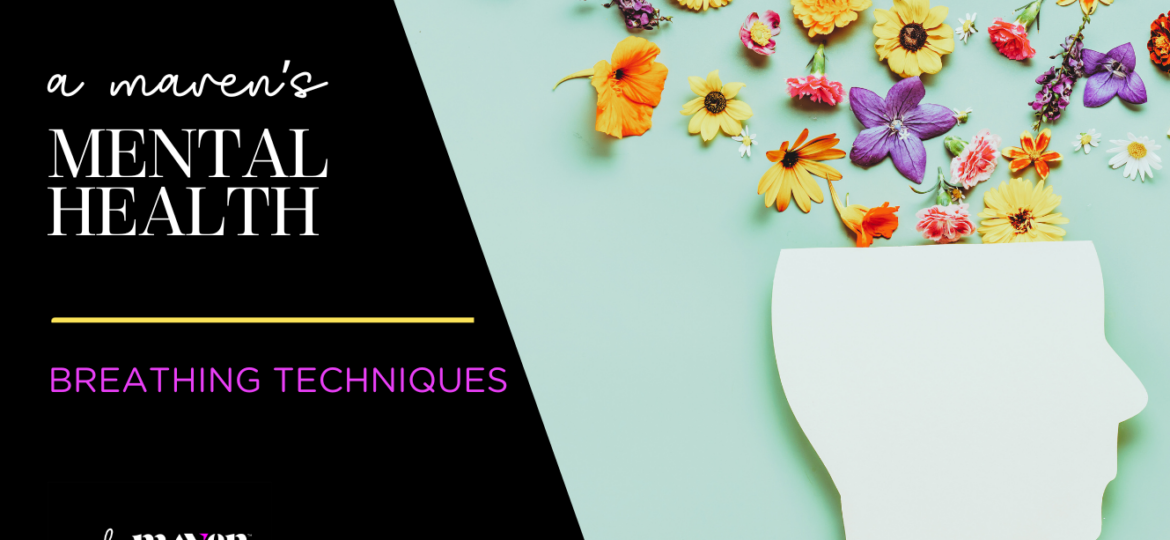
We’ve all been told to take a deep breath at times of stress, but unless we’ve practiced ahead of time or have an idea of how and why that really helps, breath isn’t likely to be effective—and it can even feel constrictive. Here’s hoping that a bit of the “why” and a few examples of the “how” will help some of you next time you need it.
Whether you experience high stress, panic attacks, hypervigilance from trauma, feelings of overwhelm or need a source of natural energy throughout your day, different forms of breathing can help you get there. It hits both parts of the brain that are activated: the cortex, where your thoughts and logic are happening, and the amygdala, where your emotions and instinctual responses are happening. Thinking about doing the exercise moves the focus away from anxious thoughts, and the breath itself helps activate the parasympathetic nervous system, reminding our mammalian selves that we are NOT being chased by an animal and, in fact, we are safe. So, instead of the fight/flight/freeze instinct that is paired with shallow breathing, we can experience the calm that comes from low and slow breathing.
Basic Deep Cleansing Breath
As you see in the video, it’s nice to put your hand on your lower belly to feel that you’re breathing down low. You can also lie on the ground with a book on your belly which is a great way to see where the breath is happening. With this one, “inhale peace” and “exhale tension”, literally taking an inventory of where you’re tense in the body and releasing it. The jaw, shoulders, hands, feet and butt are often areas we’re clenching and it just feels so nice to let all that go! Try this anytime, no one has to know you’re doing it, and the more you practice the more it will become second nature to be in this relaxed state and therefore less likely to panic or worry excessively.
Nostril Breathing
This is a simple one to teach that doesn’t involve counting so it is easy to remember and practice. Many of my clients with complex trauma, PTSD or panic symptoms have integrated this one and found it immediately helpful. The combination of touching one’s face and longer exhalations is very soothing and grounding. Try this one before a difficult task, important meeting or challenging event.
4-7-8 Breathing Technique
This one may take practice before it is super helpful, but the payout can be huge. It’s free and takes about 2 minutes a day, so there is little to lose in giving it a shot. As Maura mentioned in the video, it improves the quality of the breath so if you do this twice daily it seems to re-train the nervous system to breathe better throughout the day, therefore lessening the likelihood of an abundance of panic. Once you’re good at it, it can also be used “as needed” to cope with anxious thoughts or panic symptoms. The hardest part is remembering that it must be done twice daily, so try to find times you cue yourself to remember or attach it to another habit like brushing your teeth. I was delighted to realize that the hot water I pour over my tea bags at work takes exactly as long filling my cup as I need to do my 4 breaths. What little self care moments can you build throughout YOUR day?









